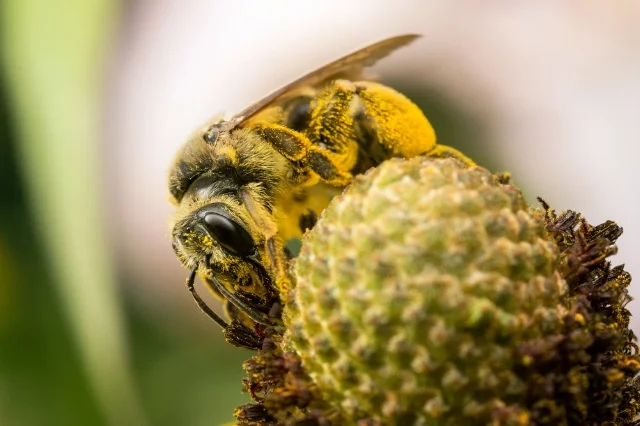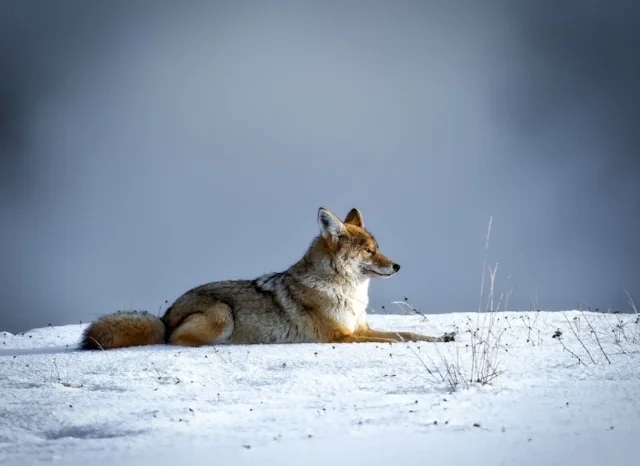At this time of year we are gaining three minutes of daylight per day! That's the biggest jump we'll see all year. If that's not reason to celebrate, than what is?!
Lengthening days are a sign of spring to those of us with cabin fever, while plants and animals take this cue as a signal that the most favorable conditions for reproduction are upon them.
Subnivean Secrets
As we all know, winters in the North can be harsh. For some animals that don't migrate or hibernate, the subnivean zone is their key to survival.
But what if you are predator? How do you survive this period of scarcity and extreme weather? To solve this problem, some of our predators have adapted hunting strategies that allow them to detect the presence and precise movements of the subnivean dwellers.
Wise Oaks, Clever Jays
It's another big acorn year, and many oak trees have dropped their acorns relatively early - presumably because they are stressed from the drought, and can’t afford the resources needed to grow their seeds to maturity. Meanwhile, small flocks of blue jays (often family groups) are moving through hardwood forests - busily collecting and caching these synchronized seeds.
Gentle Golden Wasps Adorned with Pollen
Despite my education, and the ecological role that I know they play, I have been pretty wary of wasps throughout my lifetime. It's a visceral thing. I respected their place in the food web, but I didn't lean in to study them. That is until I laid eyes on the star of this Phenology Note: the Great Golden Digger Wasp (Sphex ichneumoneus). They have won me over!
Hatching Out: Mother Nature's "Escape Room"
Sky Dancing
The Wonder of Wild Bees (Super-pollinators Part 1)
Pollinators are in significant decline due to a combination of factors including loss of habitat, disease, parasites, and environmental contaminants. However, honey bees have received most of the attention. Our domesticated honey bees pollinate many of our crops and provide valuable honey, but they are not native here. They were brought over from Europe about four hundred years ago and their numbers are vast (almost 3 million hives in the U.S. alone). We have over 4,000 species of native bees in North America that have co-evolved with our native plants over millions of years, many of which are experiencing catastrophic declines.
Carnivore Coexistence (Leopold's Wise Words - Part 1)
Carnivores are critically important to the balance of an ecosystem. They keep prey populations in check, ensuring that rodents, deer, rabbits, and other herbivores don’t overpopulate. When predators are absent or their numbers greatly reduced, herbivores can dominate a natural community, leading to a decline in the abundance and diversity of plants, which means fewer flowers for pollinators (also keystone species), and so on.










